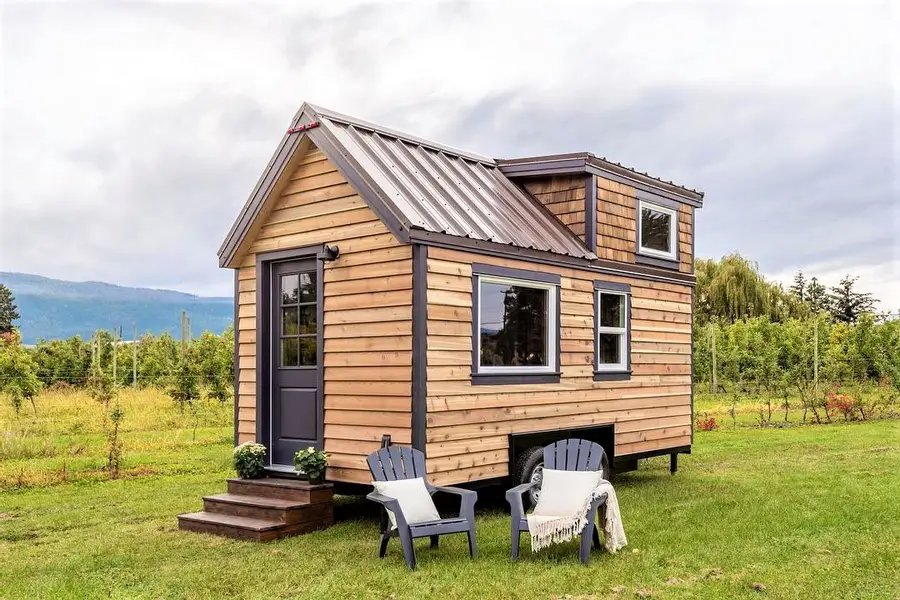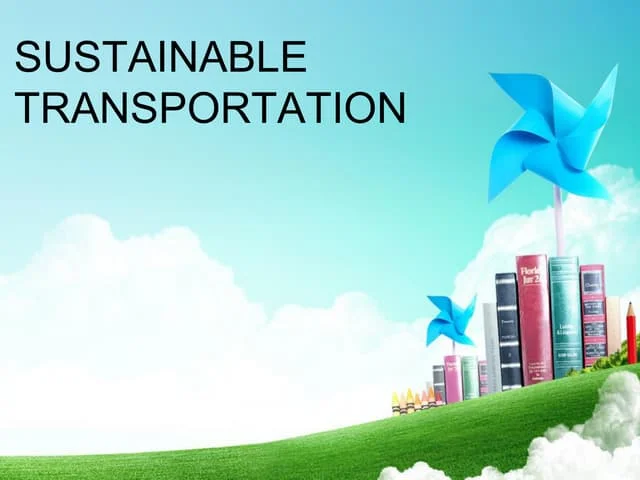Tiny Homes: Embracing Minimalist Living

Tiny homes, once considered a niche housing trend, have gained widespread attention and popularity in recent years. These compact dwellings offer an alternative to traditional housing, promoting minimalist living and environmental sustainability.
Tiny homes, typically ranging from 100 to 400 square feet in size, are designed to maximize space utilization and minimize environmental impact. Embracing the principles of simplicity and efficiency, tiny homes appeal to individuals seeking affordable housing options and a simpler way of life.
Benefits of Tiny Homes
Affordability and Cost Savings
Tiny homes offer a more affordable housing alternative compared to traditional homes, with lower upfront costs and reduced monthly expenses. By embracing a minimalist lifestyle, occupants can significantly decrease their utility bills and overall cost of living.
Environmental Sustainability
The small footprint of tiny homes results in lower energy consumption and reduced environmental impact. Many tiny home designs incorporate sustainable features such as solar panels, composting toilets, and rainwater harvesting systems, further minimizing their carbon footprint.
Simplified Lifestyle
Living in a tiny home encourages a simpler and more intentional way of life, free from the clutter and excess of modern consumerism. With fewer material possessions and less space to maintain, occupants can focus on experiences, relationships, and personal fulfilment.
Challenges of Tiny Living
Limited Space and Storage
One of the primary challenges of tiny living is the limited space available for belongings and activities. Effective organization and creative storage solutions are essential to maximize space utilization and maintain a comfortable living environment.
Zoning and Regulatory Issues
Navigating zoning regulations and building codes can be challenging for tiny home enthusiasts, as many municipalities have restrictions on minimum dwelling sizes and property use. Overcoming these regulatory hurdles often requires careful planning and advocacy efforts.
Adaptation and Lifestyle Changes
Transitioning to tiny living requires a mindset shift and adjustment to a more minimalist lifestyle. Downsizing possessions, adapting to limited space, and embracing simplicity can be challenging but ultimately rewarding for those committed to the tiny home lifestyle.
Design and Innovation in Tiny Homes
Creative Space-Saving Solutions
Tiny home designers and builders employ innovative space-saving techniques to maximize functionality and comfort within limited square footage. Features such as lofted sleeping areas, multipurpose furniture, and fold-down appliances optimize space utilization.
Customization and Personalization
Despite their small size, tiny homes offer opportunities for customization and personalization to reflect the unique preferences and lifestyles of their occupants. From interior finishes to layout configurations, each tiny home can be tailored to suit individual needs and preferences.
Integration of Sustainable Features
Many tiny homes incorporate eco-friendly materials and energy-efficient technologies to minimize their environmental impact. From passive solar design principles to off-grid power systems, sustainable features are integral to the design and construction of modern tiny homes.
Tiny Home Communities
Shared Amenities and Resources
Tiny home communities provide a sense of camaraderie and shared responsibility among residents, offering communal spaces and amenities such as gardens, workshops, and community centres. Shared resources and collaborative initiatives foster a strong sense of community and mutual support.
Sense of Community and Belonging
Living in a tiny home community allows individuals to connect with like-minded neighbours and forge meaningful relationships based on shared values and interests. Community events, potlucks, and workdays create opportunities for social interaction and collaboration.
Examples of Successful Tiny Home Communities
From urban infill developments to rural retreats, tiny home communities are thriving in diverse locations around the world. Examples such as the Tiny House Village in Seattle, Washington, and the Serenbe community in Chattahoochee Hills, Georgia, demonstrate the viability and appeal of tiny home living.
Tiny Homes as a Solution to Housing Crisis
Alternative to Traditional Housing
Tiny Homes offers a viable solution to the housing affordability crisis, providing an affordable and sustainable housing option for individuals and families struggling to find adequate housing. By reducing construction costs and minimizing land requirements, tiny homes can help address the shortage of affordable housing in urban and rural areas.
Addressing Homelessness and Housing Affordability
Tiny homes have gained recognition as a promising solution to homelessness, offering safe and dignified shelter for individuals experiencing housing insecurity. Homeless outreach programs and nonprofit organizations are implementing tiny home initiatives to provide stable housing and supportive services to vulnerable populations.
Government Policies and Initiatives
To support the growth of the tiny home movement, governments at the local, state, and national levels are exploring policy reforms and regulatory changes. Initiatives such as zoning ordinance revisions, tiny home pilot programs, and financial incentives for affordable housing development aim to facilitate the expansion of tiny home communities and increase access to affordable housing options.
Considerations Before Embracing Tiny Living
Lifestyle Preferences and Priorities
Before embracing tiny living, individuals should carefully consider their lifestyle preferences, housing needs, and long-term goals. While tiny homes offer numerous benefits, they may not be suitable for everyone, and individuals should weigh the pros and cons of tiny living before making a decision.
Financial Planning and Budgeting
Financial planning is essential for prospective tiny homeowners to assess the affordability of tiny living and plan for upfront costs such as land acquisition, construction expenses, and utility connections. Creating a realistic budget and exploring financing options can help individuals make informed decisions about tiny home ownership.
Location and Legal Considerations
Navigating zoning regulations, building codes, and land use restrictions is crucial for individuals interested in building or purchasing a tiny home. Conducting thorough research and consulting with local authorities can help prospective tiny homeowners understand their legal rights and responsibilities and identify suitable locations for tiny home living.
Conclusion
Tiny homes offer a compelling alternative to traditional housing, promoting affordability, sustainability, and simplicity. By embracing minimalist living and prioritizing experiences over possessions, individuals can reduce their environmental footprint, enhance their quality of life, and contribute to the growth of the tiny home movement. Whether as a permanent residence, vacation retreat, or investment property, tiny homes offer a unique opportunity to reimagine the concept of home and create a more sustainable and fulfilling lifestyle.



Leave a Comment